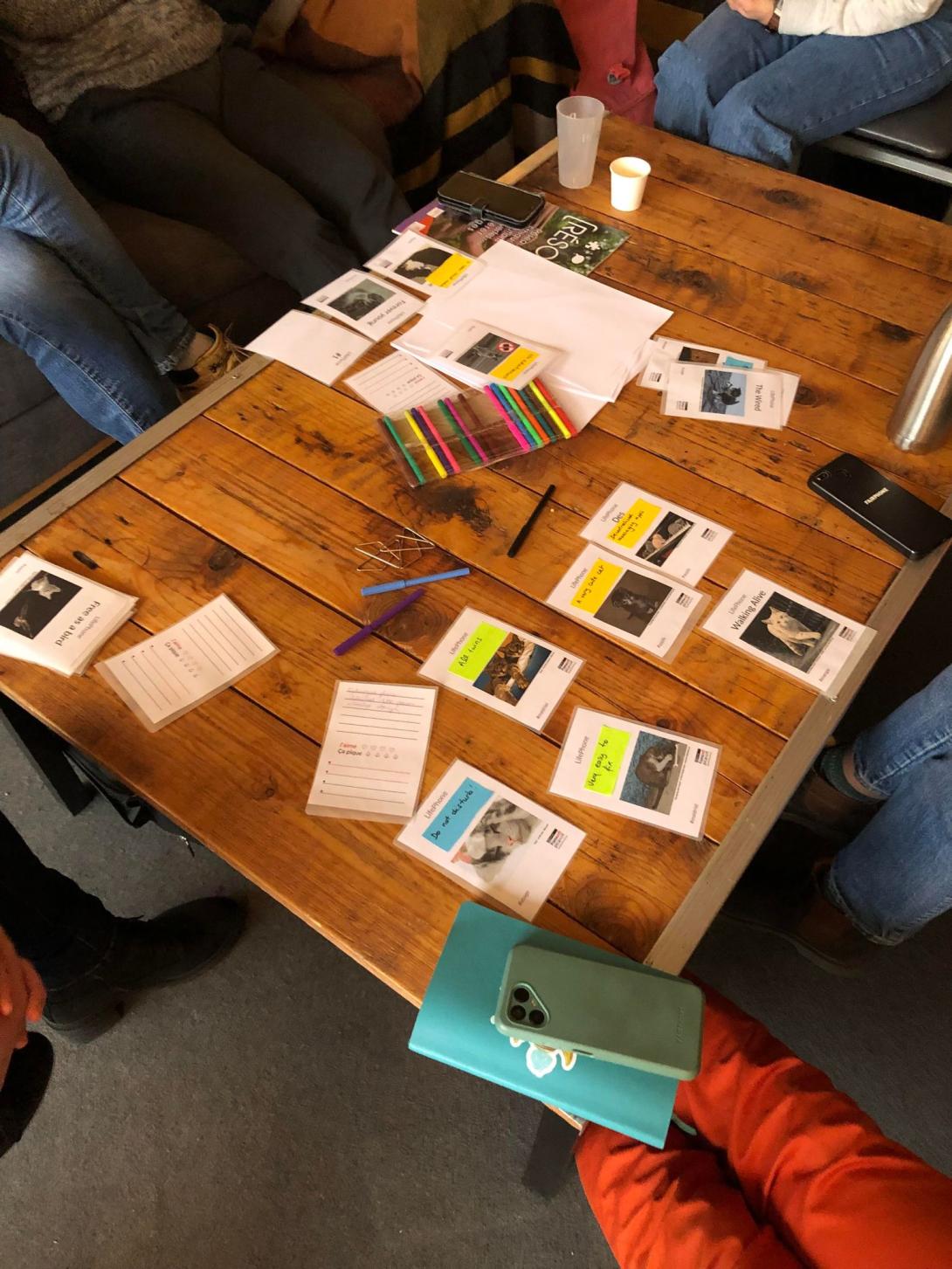The environmental impact of digital technology mainly concerns the construction phase of user terminals such as televisions, computers and telephones. This impact is particularly noticeable in the use of resources such as ores, rare metals and fossil fuels.
70 kg of raw materials are needed to manufacture a smartphone. Over 60 of the 103 elements on the periodic table are used, with only 20 recyclable. Only 15% of smartphones on the market are recycled. Given these facts, it's clear that one of the levers for reducing the environmental impact of digital technology is to take action in the user terminal sector, particularly in terms of design and construction.
| Objectives |
|
| Level of complexity | x Materials required: a deck of lifephone cards, preferably plastic-coated for re-use, erasable pens, felt-tip pens, blank plastic-coated cards for inventing your own lifephone. x Number of participants: no limit (depending on the number of decks of cards). x Duration: 1h30 x No prerequisites for participants.
|
| Description of the facilitation process | OPTION 1 Step 1 → 20 min: each group chooses one of 3 cards from the card title, then reads the details and determines for that card how many hearts it awards (according to its ecological impact) and how many spades it awards (according to its difficulty of acceptance). The group starts again with a second card, time permitting. Step 2 → 15 min: a blank card is distributed to each group, which invents an eco-responsible feature. Step 3 → Each group then presents one of its chosen or created cards to the other groups. Each group must then indicate on a voting card, whether they find each feature relevant on a scale of 1 to 5. Step 4 → Then, as a large group, each group gives the result of its vote and the reasons for its vote. The points are added up to determine the feature deemed most beneficial. OPTION 2 Step 1 → The cards selected in advance by the facilitators are laid out in the middle of the circle of participants (so that there are about 2 per person).
|
| Useful links | To download the Lifephone cards : https://yakamedia.cemea.asso.fr/univers/comprendre/comp-medias-et-numeriques/sobriete-numerique-et-low-tech-invente-ton-lifephone
|
